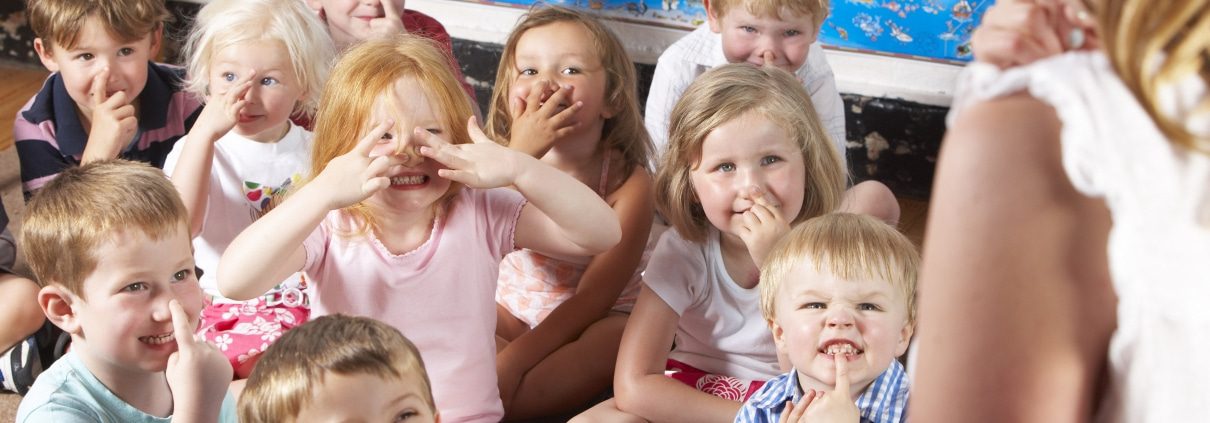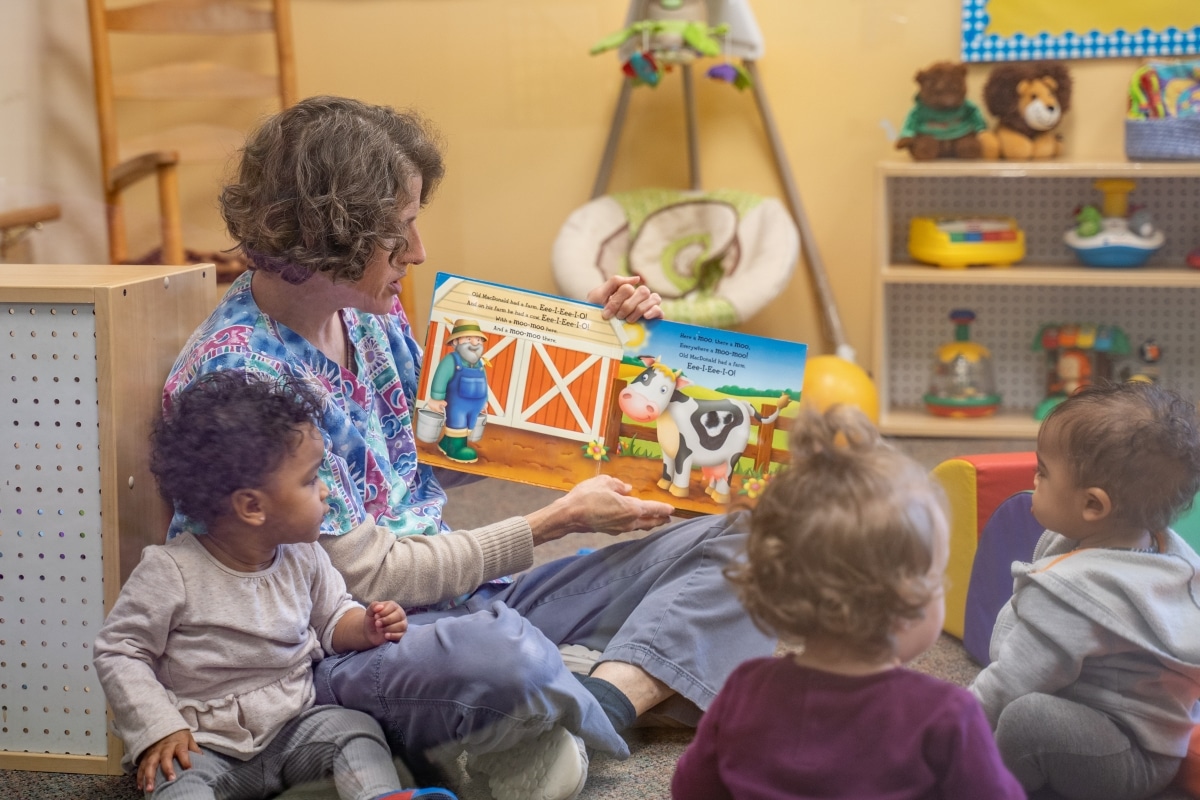By Francina Lelei
“Wait while observing. That is the motto for the educator. Let us wait, and be always ready to share in both the joys and the difficulties which the child experiences. …Let us have endless patience with his slow progress, and show enthusiasm and gladness at his successes.” (Maria Montessori, Dr. Montessori’s Own Handbook). Maria Montessori knew the importance of allowing the child time to learn and experience on his own before jumping in and showing children exactly how to complete a task. The Montessorian is only there to act as a guide for the child when they become too frustrated or discouraged in their work.
Observation is a Montessorian’s most powerful tool because it is what helps us determine what to do next. Whether it is to give a child a new presentation, to represent a previous one or simply just to help us understand the child, we have to first observe him in the environment.
As a teacher, we are expected to know what is best for each individual child. We gather clues by watching the child complete their work. Did the child complete the work? Did the child complete it quickly? Did the child do it accurately? Did friends distract the child? Was the child interested in the work? Did the child repeat the work? Is the child happy? Did the work have meaning? We are able to answer all these questions by sitting and observing the child while they work. Taking note of what they are doing without jumping to conclusions. Once we have the answers to these questions, then we start looking at what work they should be doing next in order to help them progress and make connections with their previous knowledge.
We also have to take a look at the social side of things. When observing a child, it is best practice not to get involved but rather to sit on the side and watch as they work or play. Often times a friend may stop by and ask a question or make a comment about someone’s work. How does the child respond? Does the child know how to respond? Are they able to communicate with his/her friend? Does the child walk to a friend to tell them something? Who do they play with outside? These are all questions that cause us to take a step back and actually watch and try to understand the child.
When we actually observe the child and take a moment to understand how they move and communicate in his environment, we learn far more than even the child can explain to us. “When dealing with children there is a greater need for observing than probing.” (Maria Montessori)











